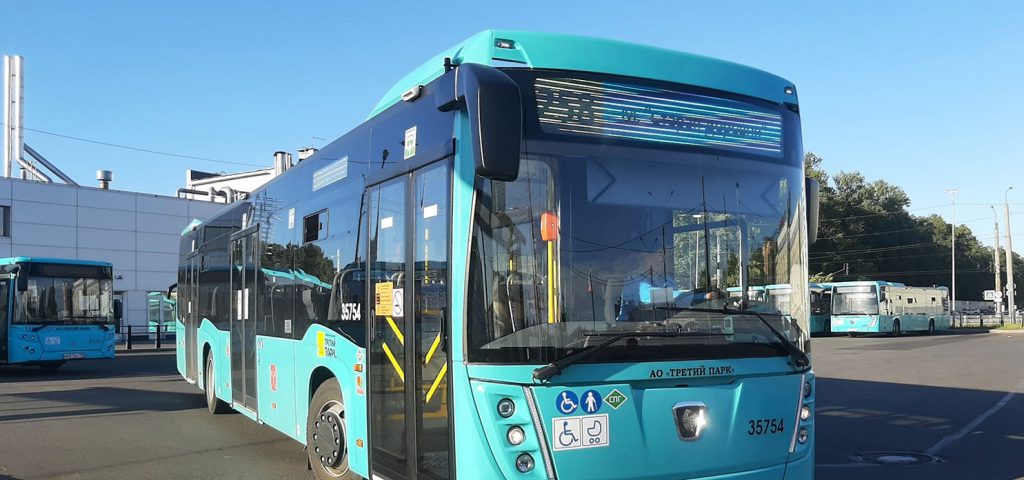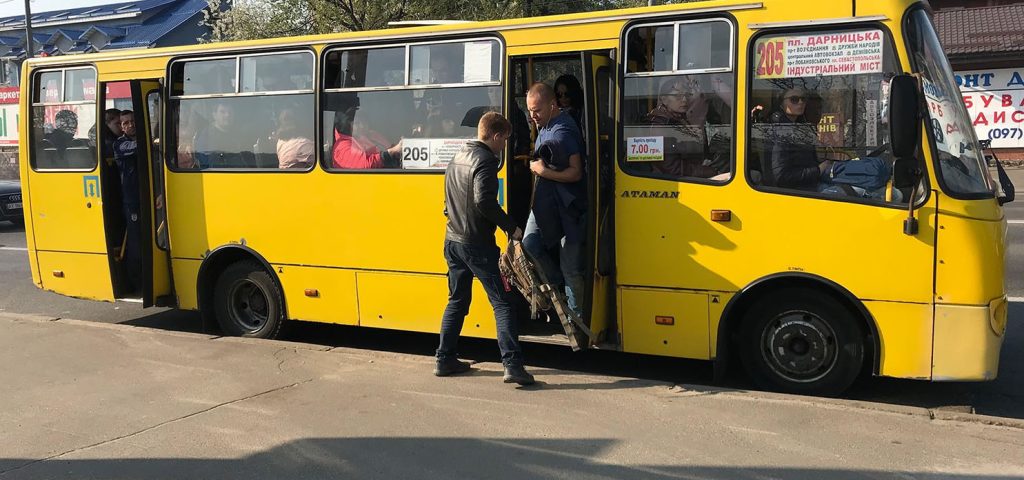St. Petersburg, a cultural gem in Russia, boasts a diverse and efficient transportation system. From the extensive metro network to the iconic trams and buses, navigating the city offers travelers various options for getting around.
Metro System: Fast and Convenient
The St. Petersburg Metro is a marvel in itself, both architecturally and functionally. With its construction beginning in the 20th century and continuing into the Soviet era, it stands as a testament to engineering prowess and aesthetic grandeur. The metro’s deep tunnels are a characteristic feature, some stations reaching depths of over 100 meters (330 feet) below ground.
Architectural Grandeur and Artwork
One of the defining aspects of the St. Petersburg Metro is its breathtaking stations. Each station is a showcase of unique architectural styles, adorned with intricate artwork, chandeliers, mosaics, and sculptures that reflect Russia’s rich history, culture, and heritage. Stations like Avtovo, Admiralteyskaya, and Kirovsky Zavod are celebrated for their opulent designs.
Extensive Coverage and Lines
The metro system encompasses five primary lines, color-coded for easy navigation: the red, blue, green, purple, and orange lines. These lines interconnect across the city, serving major hubs such as Nevsky Prospekt, Vasileostrovskaya, and Moskovskaya, providing convenient access to popular tourist attractions, historical landmarks, and residential areas.
Operating Hours and Ticketing
The St. Petersburg Metro operates efficiently from early morning to midnight, with trains running at regular intervals, especially during peak hours. The frequency decreases slightly during late evenings but remains reliable for commuters and travelers alike.
Passengers can use tokens or rechargeable cards known as “Podorozhnik” for fare payment. The Podorozhnik card offers convenience and cost savings for frequent travelers. These cards can be topped up at kiosks located within metro stations or via automated machines available at the stations.
Safety and Cleanliness
The metro system is known for its safety measures and cleanliness. Stations and trains are well-maintained, and security personnel are often present, ensuring a secure environment for passengers.
Tips for Using the Metro
- Navigation Apps: Utilize mobile applications like Yandex.Metro or Google Maps, which provide real-time information on train schedules, station details, and route planning.
- Station Exploration: Take time to explore the stations’ architectural splendor. Each station has its own unique design and historical significance.
- Peak Hours: If possible, avoid using the metro during peak hours (around 8 AM to 10 AM and 5 PM to 7 PM) to experience a less crowded journey.
- Podorozhnik Card: Consider purchasing a Podorozhnik card if planning to use the metro frequently. It offers convenience and cost-effectiveness for multiple rides.
- Respect Rules and Etiquette: Follow the metro’s rules, such as allowing passengers to exit before boarding and offering seats to the elderly or those in need.
The St. Petersburg Metro is not just a mode of transportation but a cultural experience in itself. Its combination of functionality, architectural beauty, and efficiency makes it an integral part of exploring and understanding the city’s soul.
Buses: Versatile and Accessible

The bus system in St. Petersburg serves as a crucial mode of transportation, complementing the metro and providing accessibility to areas beyond the metro network. With its widespread coverage and diverse routes, the bus network ensures connectivity to both popular attractions and residential neighborhoods.
Extensive Coverage and Route Diversity
St. Petersburg’s bus network operates tirelessly, 24/7, catering to the city’s diverse transportation needs. With numerous routes crisscrossing the city, buses reach areas that aren’t directly served by the metro, offering convenience and accessibility to various destinations.
Frequency and Schedules
During peak hours, typically in the mornings and evenings, buses run at frequent intervals, ensuring a smooth and efficient flow of commuters and travelers. The frequency might reduce slightly during late hours, but even then, the network remains operational, allowing for transportation options throughout the day and night.
Payment Options
Passengers have multiple options for fare payment. They can use the same Podorozhnik card utilized for the metro, providing a seamless transition between metro and bus rides. These cards can be easily topped up at metro stations or kiosks.
For those without a Podorozhnik card, purchasing tickets onboard directly from the bus driver is also an option. It’s important to note that having the exact change is beneficial when buying tickets onboard to avoid any inconvenience.
Accessibility and Comfort
St. Petersburg’s buses are generally well-maintained and offer reasonable comfort during travel. However, during peak hours, some buses might become crowded. Being prepared for a potentially packed journey can help make the experience smoother.
Tips for Using Buses
- Route Planning: Utilize route maps available at bus stops or through mobile apps to plan journeys efficiently, especially when exploring areas not covered by the metro.
- Podorozhnik Card: If planning to use both the metro and buses frequently, acquiring a Podorozhnik card is highly recommended for ease of payment.
- Timetables and Schedules: Check bus timetables or use mobile apps for real-time information on bus schedules and routes, especially during off-peak hours.
- Boarding and Exiting: Allow passengers to exit the bus before boarding, and remember to press the button to signal your stop in advance.
- Be Aware of Pickpockets: Like any public transportation system, be cautious of your belongings and stay aware of your surroundings, particularly during crowded periods.
St. Petersburg’s bus network stands as an essential part of the city’s transportation infrastructure, providing locals and visitors with a reliable, accessible, and cost-effective means of getting around the city. Its extensive coverage ensures that even the most remote corners of the city are within reach.
Trams: A Scenic Way to Explore
Trams hold a special place in St. Petersburg’s transportation history, offering passengers a nostalgic and picturesque way to explore the city. While the tram network might not be as expansive as the metro or bus systems, it remains an iconic and beloved mode of travel.
Historical Significance and Experience
Trams in St. Petersburg have a rich heritage, dating back several decades. Riding a tram provides a unique experience, allowing passengers to immerse themselves in the city’s ambiance while traversing both historical neighborhoods and modern districts.
Limited but Significant Routes
The tram network covers several important routes, connecting key areas and complementing the metro and bus systems. These routes often pass through culturally significant areas, providing riders with glimpses of historical landmarks, charming streets, and local life.
Operating Hours and Frequency
Trams generally operate from the early morning hours until late evening, offering transportation during peak times for commuters and tourists alike. While the frequency might not match that of buses or metro trains, trams remain a viable option for those exploring specific areas covered by tram routes.
Unique Experience and Scenic Views
One of the most appealing aspects of riding trams in St. Petersburg is the opportunity to enjoy scenic views. As trams move at a slower pace compared to other modes of transport, passengers can savor the sights and absorb the city’s atmosphere more leisurely.
Tips for Riding Trams
- Route Familiarization: Acquaint yourself with the tram routes and stops using available maps or online resources to plan your journey effectively.
- Operating Hours: Be mindful of the operating hours, as trams might not be available late at night. Plan your travels accordingly.
- Scenic Routes: Consider taking specific tram routes known for their scenic beauty to enjoy a leisurely ride through picturesque areas.
- Fare Payment: Use the Podorozhnik card for seamless payment on trams or ensure you have the exact change if purchasing tickets onboard.
- Mind the Timetable: Be aware of tram schedules and arrival times, as they might vary during the day.
While not as extensive as other modes of transport, trams in St. Petersburg offer a charming and nostalgic way to explore the city, providing passengers with a unique perspective of its history, architecture, and daily life.
Marshrutkas: Agile and Flexible

Marshrutkas are small minibusses or vans that operate on fixed routes similar to buses. These vehicles are known for their agility and flexibility in navigating narrower streets and reaching less accessible areas. Payment methods for marshrutkas are similar to buses and can be made using the Podorozhnik card or cash.
Taxis and Ridesharing Services
For travelers seeking a more private and direct mode of transport, taxis and ridesharing services like Yandex.Taxi are widely available in St. Petersburg. They offer convenience but can be more expensive than public transportation.
Useful Tips for Navigating St. Petersburg’s Transport System
- Podorozhnik Card: Purchase a Podorozhnik card for seamless travel across the metro, buses, and some marshrutkas. They can be topped up at designated kiosks or metro stations.
- Metro Station Art: Take time to appreciate the beautiful artwork and architecture within the metro stations. Some stations are renowned for their unique designs.
- Peak Hours: Avoid using public transport during rush hours if possible, as they can be crowded.
- Navigation Apps: Utilize mobile apps like Yandex.Transport or Google Maps for real-time information on routes, schedules, and navigation.
- Language: While some signage is in English, it’s beneficial to learn basic Russian phrases for communication, especially with drivers or ticket inspectors.
St. Petersburg’s transportation network offers an array of options for travelers to explore the city efficiently. From the grandeur of the metro stations to the convenience of buses and the charm of trams, navigating St. Petersburg becomes an integral part of the city’s experience.